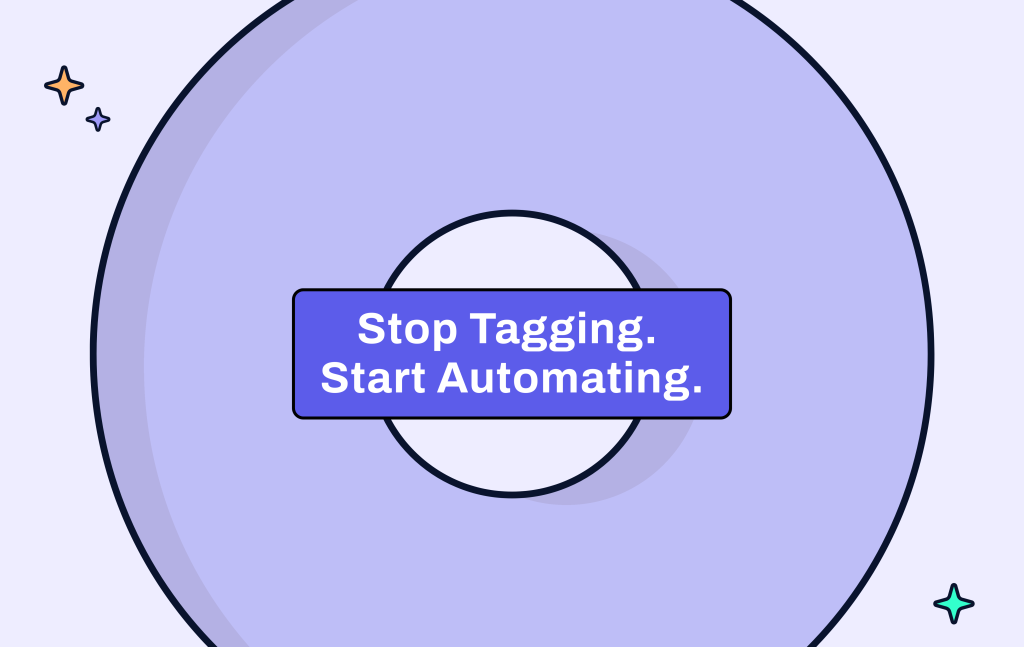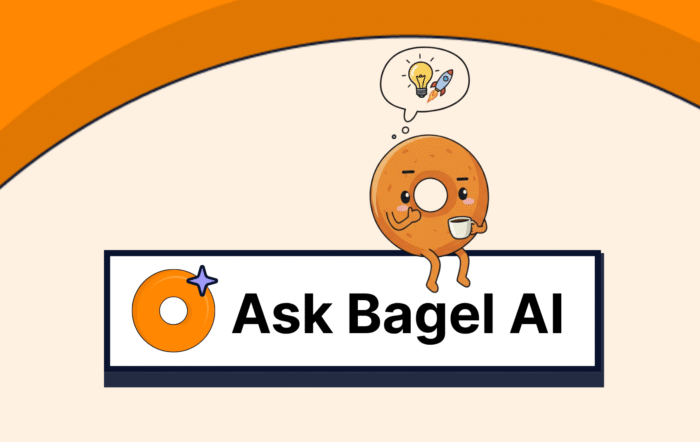Why Manual Feedback Triage Is Slowing Down Product Teams
Manual triage, the process of reading, tagging, and prioritizing customer feedback across tools like Zendesk, Gong, Slack and other tools feels like part of the job. But for product managers, it’s an invisible time sink.
Behind every tagged support ticket or summarized sales call, there is a cost: context-switching, duplication, and missed insights. These small tasks steal time from what matters most: building the right product.
The Real Cost of Manual Triage in Product Management
Manual triage may seem manageable early on, but it comes with hidden costs that can scale quickly as feedback volume increases.
1. Time and Resource Drain
Every support ticket, Slack thread, and sales call highlight adds minutes to a PM’s day. When triage is done by hand, those minutes compound. In a typical week:
- 40 Zendesk tickets x 2 minutes
- 10 Gong snippets x 3 minutes
- 15 Slack threads x 2 minutes
That is over 3 hours per PM per week, often spent copying, pasting, tagging, and guessing. Multiply that across your product team, and you’re losing dozens of hours a month on work that doesn’t move the roadmap forward.
2. Low Scalability
Manual triage does not scale. As volume grows, the ability to keep up drops off. One person can only support so many triage cycles before backlogs build and priorities blur. Product teams become reactive instead of strategic.
3. Delayed Decisions and Poor Prioritization
Without automation, product decisions are driven by whoever speaks loudest, not what matters most. Feedback gets misscategorized. Context is lost. High-impact requests tied to revenue or churn risk get buried under lower-priority noise.
4. Burnout and Frustration
PMs want to build, not babysit spreadsheets. Repeating the same tagging steps every week leads to fatigue. Engineers get frustrated when feedback is stale or lacks clarity. And GTM teams feel ignored when their insights go nowhere.
Replace manual triage with real-time automation
The Benefits of Automated Feedback Triage
This is where Bagel AI comes in. Bagel automates the triage process across Zendesk, Gong, and Slack, turning raw feedback into organized, revenue-aware insights without the manual work.
How It Works:
- Connect your sources: Bagel syncs with Zendesk, Gong, Slack, Salesforce, Jira, and more.
- Automatic tagging: Bagel’s AI categorizes feedback by product area, topic, urgency, and revenue impact.
- Smart routing: Feedback is pushed directly into your team’s workflow tools, ready for action, not buried in Notion or Google Docs.
Example: Saving Time and Closing Gaps
One product team at a fintech company used Bagel to automate triage from Zendesk and Gong. The results:
- 90 percent reduction in manual triage time
- A $500K deal saved by surfacing a blocker in real time
- Re-prioritized roadmap items based on actual revenue data
They did not add a headcount They just stopped wasting time tagging tickets.
Manual vs. Automated Triage: What’s the Difference?
| Feature | Manual Triage | Automated Triage with Bagel |
| Time Investment | High (manual review, meetings) | Low (real-time categorization) |
| Scalability | Limited (team bottlenecks) | High (handles high volume easily) |
| Accuracy | Inconsistent (human error) | Consistent (AI-driven and traceable) |
| Cost | High (repetitive manual work) | Lower (automated and integrated) |
| Speed | Slow (delayed updates) | Fast (live sync with tools) |
| Morale | Frustrating (rework, duplication) | Focused (more time for product work) |
How Much Time Could You Save?
Try this simple calculator:
| Feedback Source | Volume / Week | Minutes Per Item | Time Lost / Week |
| Zendesk Tickets | 50 | 2 | 100 min |
| Gong Calls | 15 | 3 | 45 min |
| Slack Threads | 20 | 2 | 40 min |
| Total | 185 min (~3 hrs) |
Now multiply that by 4 PMs. That is 12 hours per week freed up for strategy, instead of digging through spreadsheets.
Why Product Teams Are Choosing Bagel AI
Bagel is the only AI-native product intelligence platform designed for this kind of triage. It does not just label feedback. It connects it to business value.
- Automatically surface customer pain from GTM tools
- Quantify the revenue tied to each feature request
- Push updates to Jira, Salesforce, and Slack in real time
- Make product decisions that are actually backed by data
Conclusion: Stop Tagging. Start Automating.
Manual triage slows down your team, inflates costs, and hides critical feedback. Bagel replaces hours of repetitive tagging with instant, context-rich insights so PMs can focus on what matters most.
- Align teams without extra meetings
- Prioritize based on revenue
- Automate your feedback funnel



